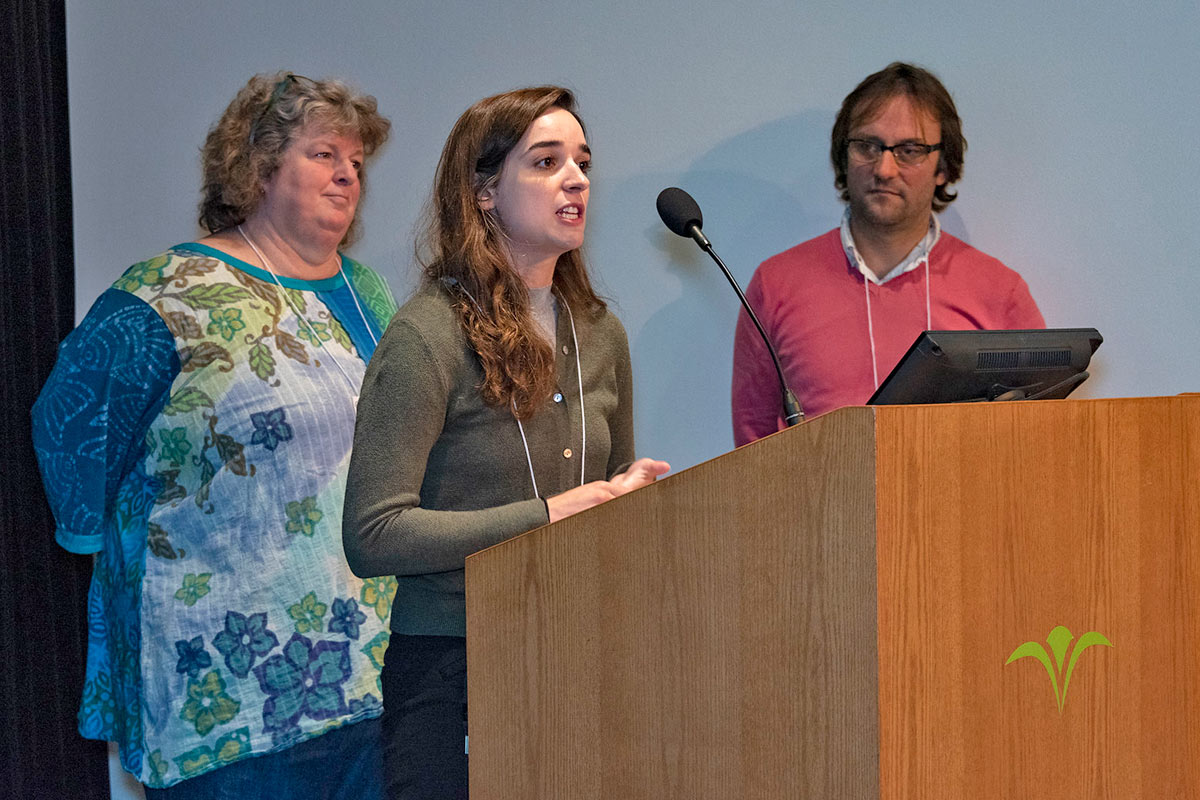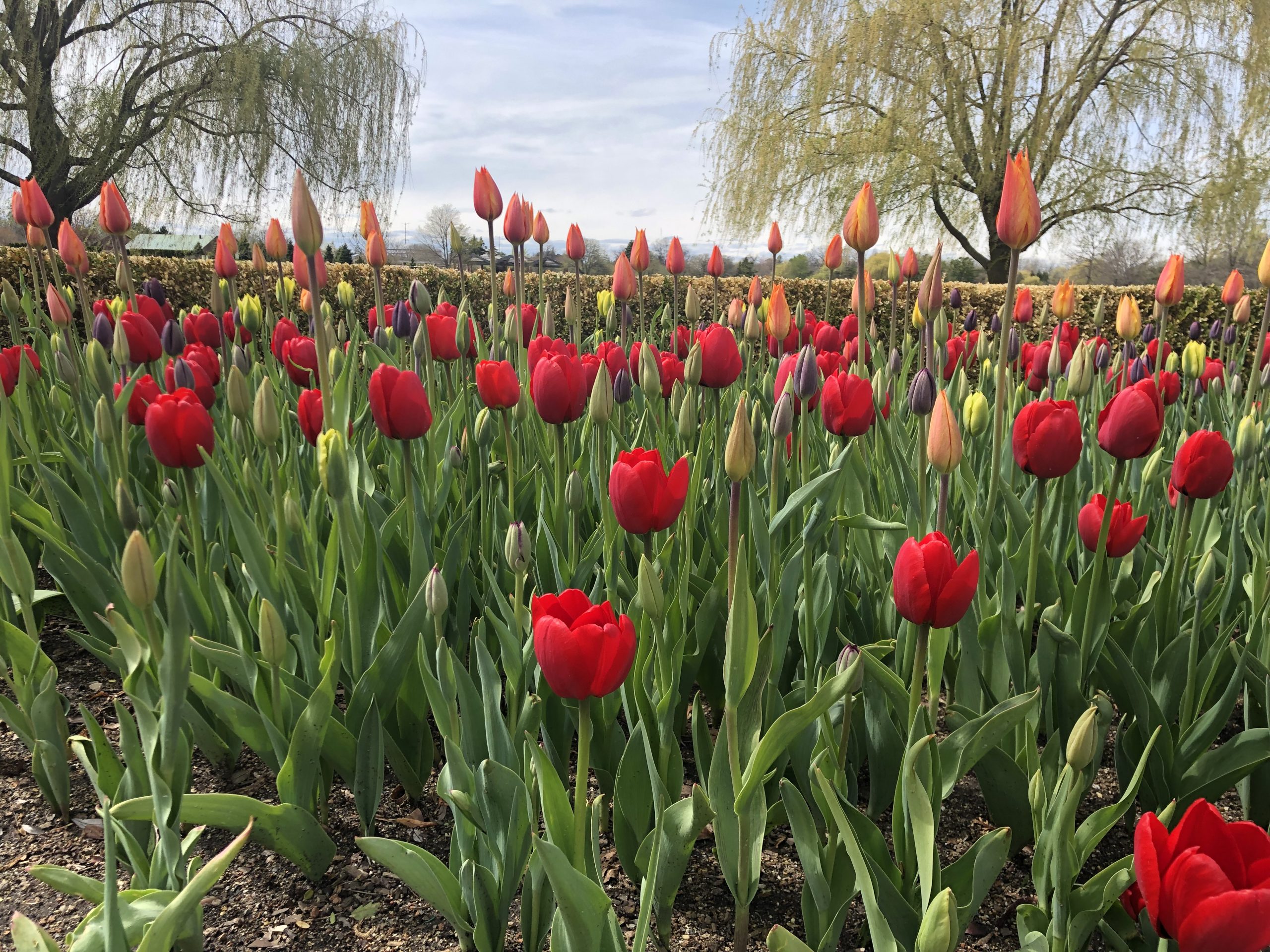Educational Series Presentation
The lightning talks, ranging from 2-5 minutes, have become a highlight of each CPC National Meeting, with each institution able to share a snippet of the conservation activities occurring at their garden. However, some topics demand more time and thus the meeting features an Educational Series Presentation. This year, Matthew Albrecht, Ph.D., shared some of the lessons learned from mining the decades of restoration projects and monitoring results included in the CPC Restoration Database. Focusing on “Monitoring and Data Sharing”, Matthew outlined ten key components for every monitoring plan. These components span the life of a project – which is probably longer than you think: determining whether a project is successful or not requires long-term monitoring and an understanding of whether or not the species is reproducing. And of course, following a recurring theme of the meeting, data collected for a restoration project should be shared and leveraged to increase our general understanding of the steps needed for successful plant conservation.
Daniel Ballesteros-Bargues, Ph.D., Royal Botanic Gardens, Kew
Seed banking has long been the cornerstone of plant conservation work. However, many species cannot be secured through seed banking, and alternative methods of saving the rare and threatened species in this category are of increasing interest for many within CPC. During this year’s keynote, Daniel Ballesteros-Bargues, Ph.D., discussed some of the work being conducted at the Royal Botanical Gardens, Kew.
The high diversity of plants means there is a high diversity of responses to drying and freezing – and researchers are learning that the number of species, especially trees and rare species, that have desiccation intolerant seeds is not insignificant. Daniel explained some of the dry architecture (how cells desiccate) and the differences in cell biology, especially amounts of chloroplasts and storage lipids, that impact its dry architecture. Beyond that, Daniel expounded on the potential of cryobiotechnology (methods and technologies to understand how living cells and tissue responds to low temperatures and apply this knowledge) to help preserve the rare species that can’t be conserved with conventional seed storage. The Kew Cryosphere, a new program in Kew focusing on research and training for securing these exceptional species using cryobiotechnological approaches, is taking on the challenges of learning what it takes to presere these species head-on.
Taking Our Community Online
By Katie Heineman, Ph.D.
It’s not easy to learn about rare plants. They are, by definition, scarce, so few people interact with them in nature, and because of their vulnerability, they are the subject of relatively few experimental studies. The CPC National Meeting is a singular opportunity to assemble a national brain trust of rare plant knowledge in one room. Through the Plant Nucleus online community forum, we hope to recreate the support and learning that occurs at the CPC Meeting throughout the year. We envision that the conversations on this platform will form a body of questions and content that will help train the next generation of plant conservationists.
To help ensure success and participation, CPC invites all conservation officers in the network to be co-creators of the Plant Nucleus forum. We have three years of funding from IMLS for web development of this online community, so that we can make adjustments in response to the feedback and behavior of our network. As a first step in this co-creation process, I, as project manager for the Plant Nucleus platform, led two beta-testing sessions of the Plant Nucleus forum at the CPC National Meeting. In the first session, after instructing members on registering for Plant Nucleus and a brief tour, we saw terrific initial engagement: 75 conservation officers created account profiles and posted 90 questions and replies. For the second day of testing, I encouraged members to leave feedback about the platform on the beta-testing channel of the web forum. Conservation officers left 25 specific and constructive comments, many of which will be integrated in our next phase of web development.
We encourage members to continue to use the forum to ask conservation advice of CPC colleagues and give feedback about the platform. In the fall, Plant Nucleus will be open to the broader conservation community and the public – already flush with knowledge. Questions on the forum can help save another conservationist time in the future, and, more importantly, it will save you time in the present by opening up your question to dozens of brilliant scientists! And ultimately, it will help save more plants.
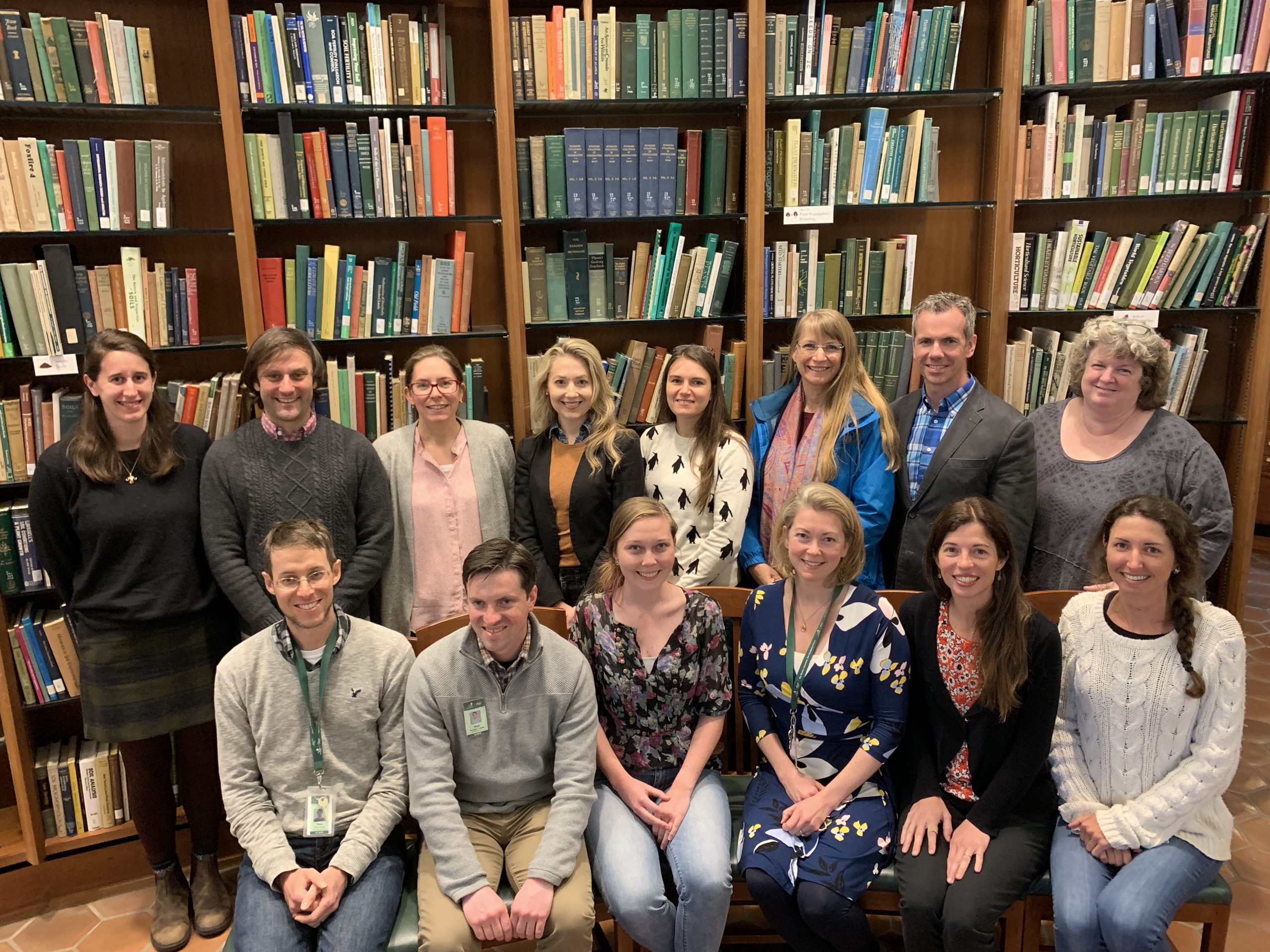
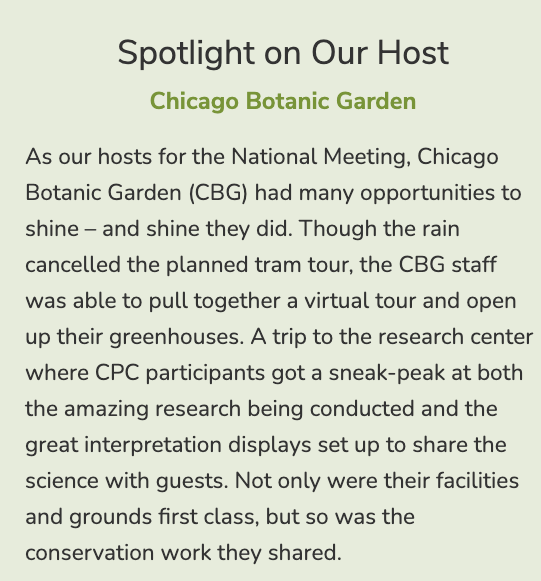
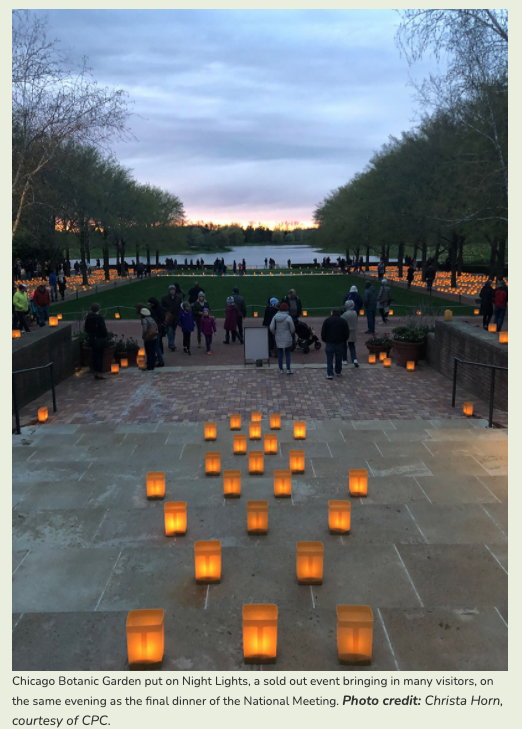
We learned the most about CBG’s great conservation work through their host presentation. Kayri Havens, Ph.D., introduced the conservation program and, with additional staff, delved into some signature projects. Dr. Havens shared some of the ecology work on Pitcher’s thistle (Cirsium pitcheri) and its role in the pollination network. That a rare plant could be a key resource for a diverse group of pollinators points to the importance of conserving these species on the brink. The Garden’s Plants of Concern monitoring program was presented by Daniella DeRose while Jeremy Fant, Ph.D. covered their efforts to use genetic pedigrees to guide ex situ collection curation. Covering a wide breadth of topics, the presentations exemplify that there are many ways for a CPC institution to work towards saving plants.
